April 21-28, 2024
The Greening Land
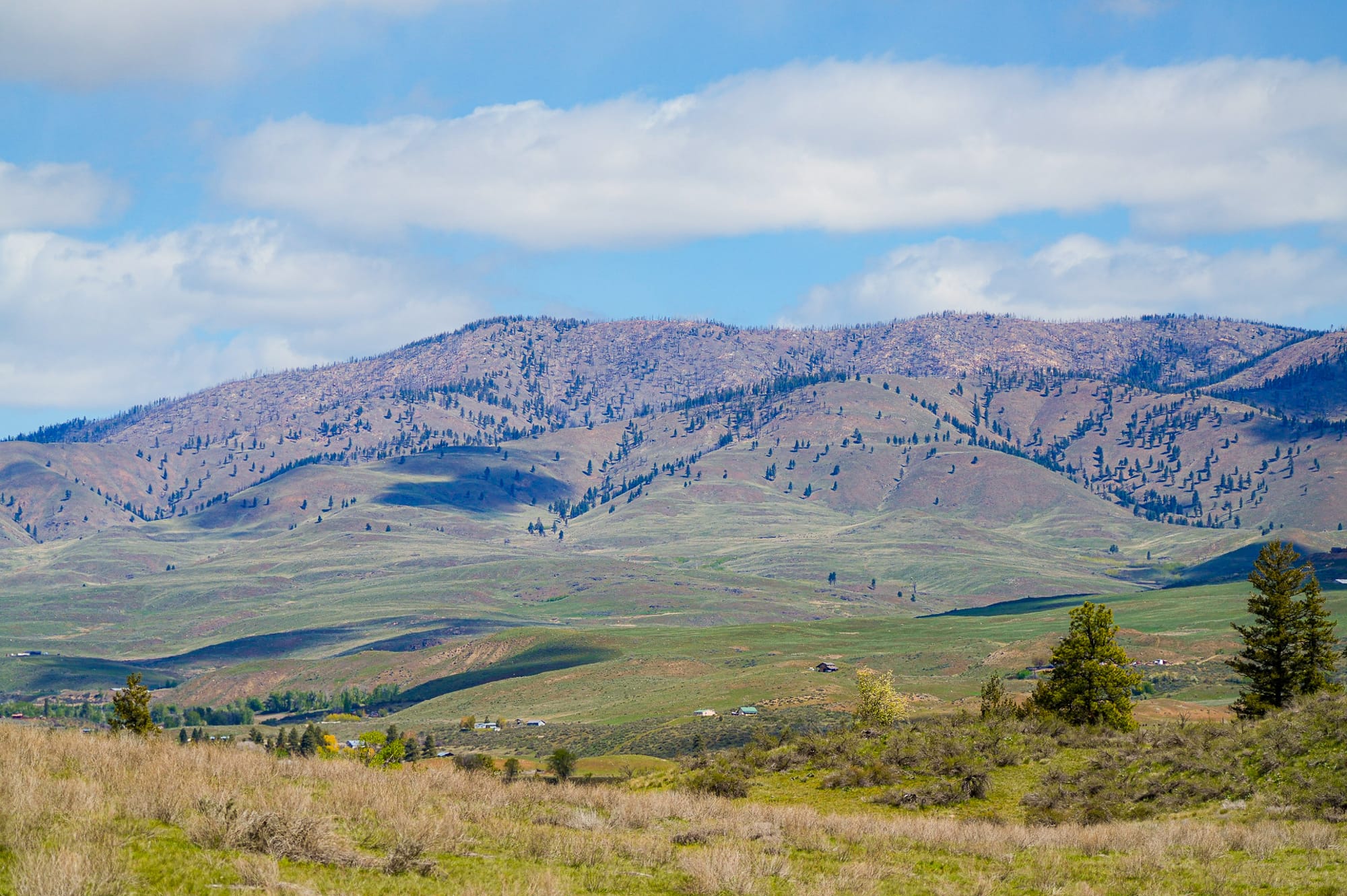
More delightful days as we head towards the peak of spring, but the week still ended on a cloudy, downbeat note.
Week in Review
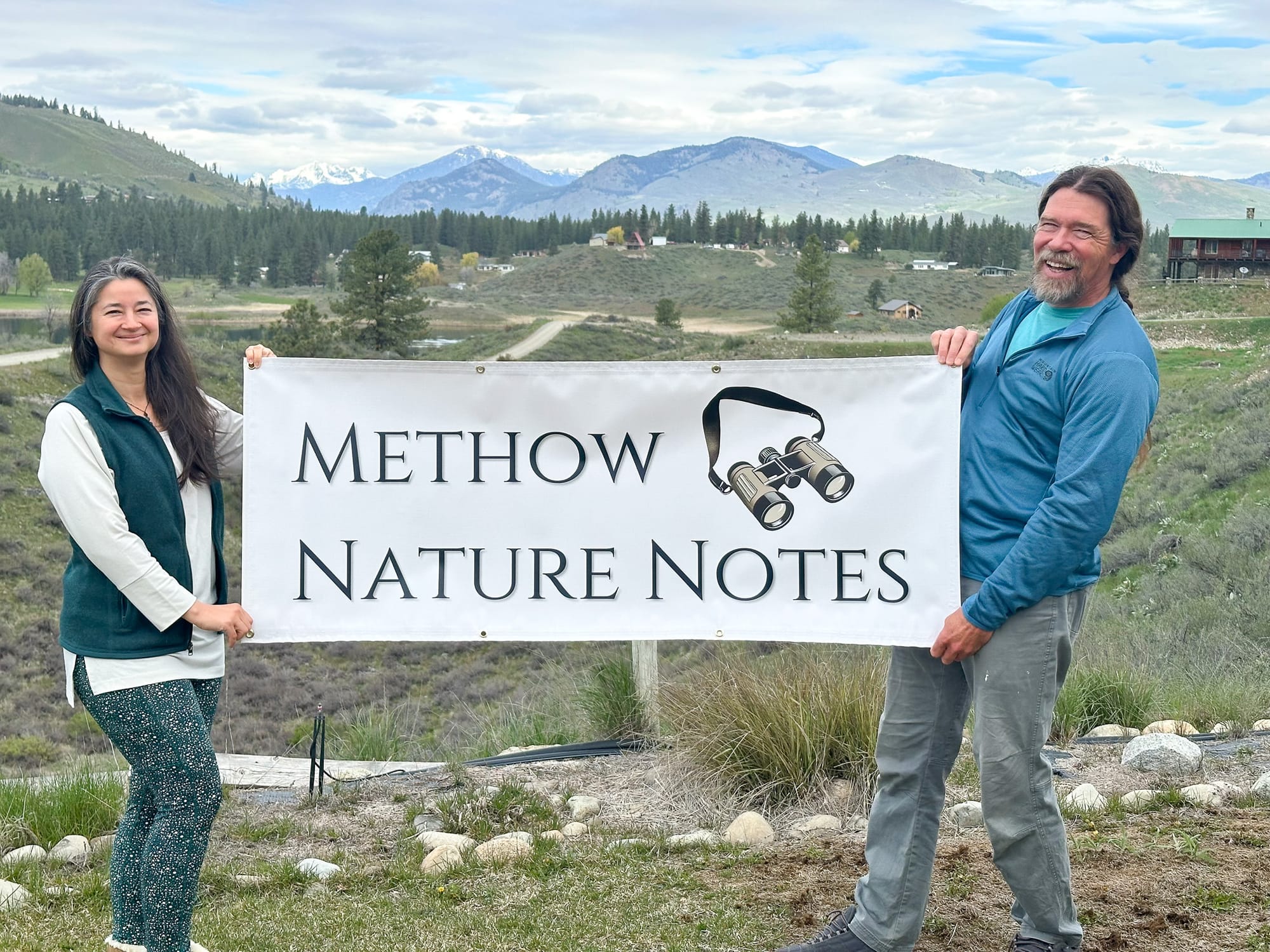
Last week I promised I would be taking the week off because Jade and I will be hosting a Methow Nature Booth at the Earth Day Festival in Twisp on Saturday. We will still be busy all day at the booth, but I can't help writing a quick newsletter because so much happened this week.

Have you been noticing white-crowned sparrows this week? I saw my first one on April 16, and now there are dozens at a time foraging on the open ground and sitting in nearby bushes. With their brightly striped crowns and cheery songs, they are a delightful presence, but all too soon they will leave us for breeding areas to the north and at higher elevations.
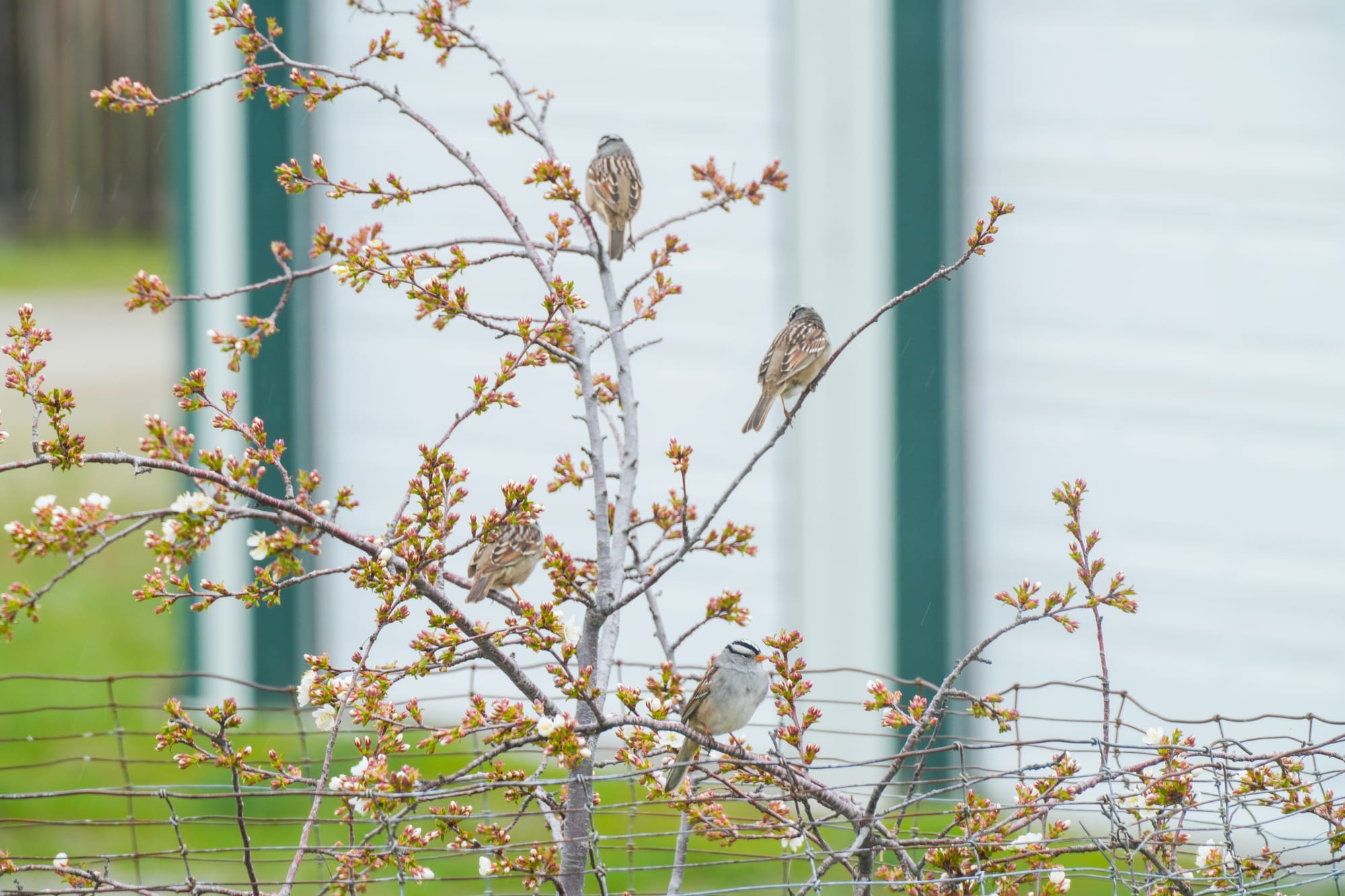
Other notable sightings include several reports of moose, or moose signs, showing that moose seem to be active around the valley right now. I don't know what stage of their life cycle they're at, but they're almost certainly enjoying the profusion of new shoots and buds after a long winter eating little more than woody twigs.
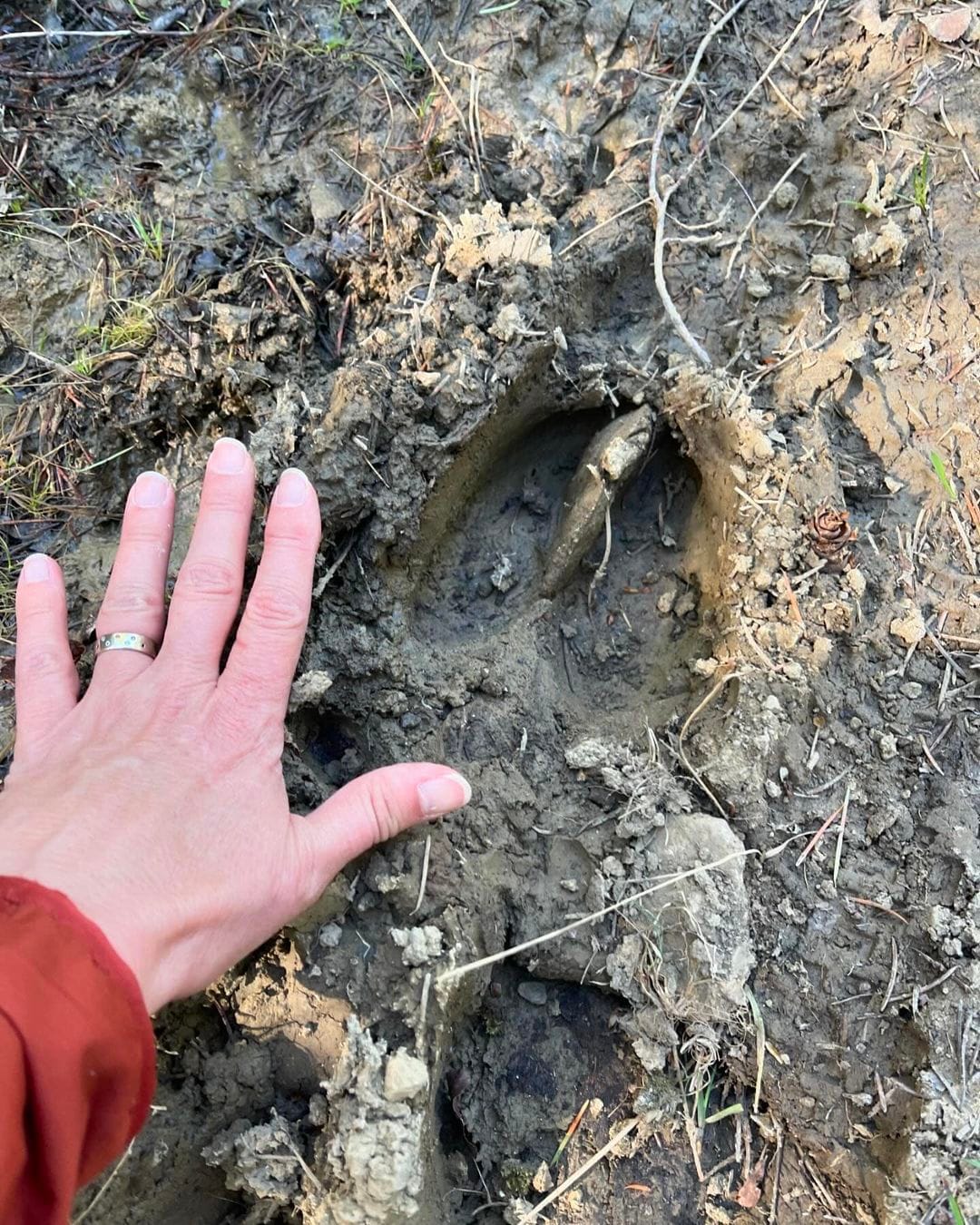
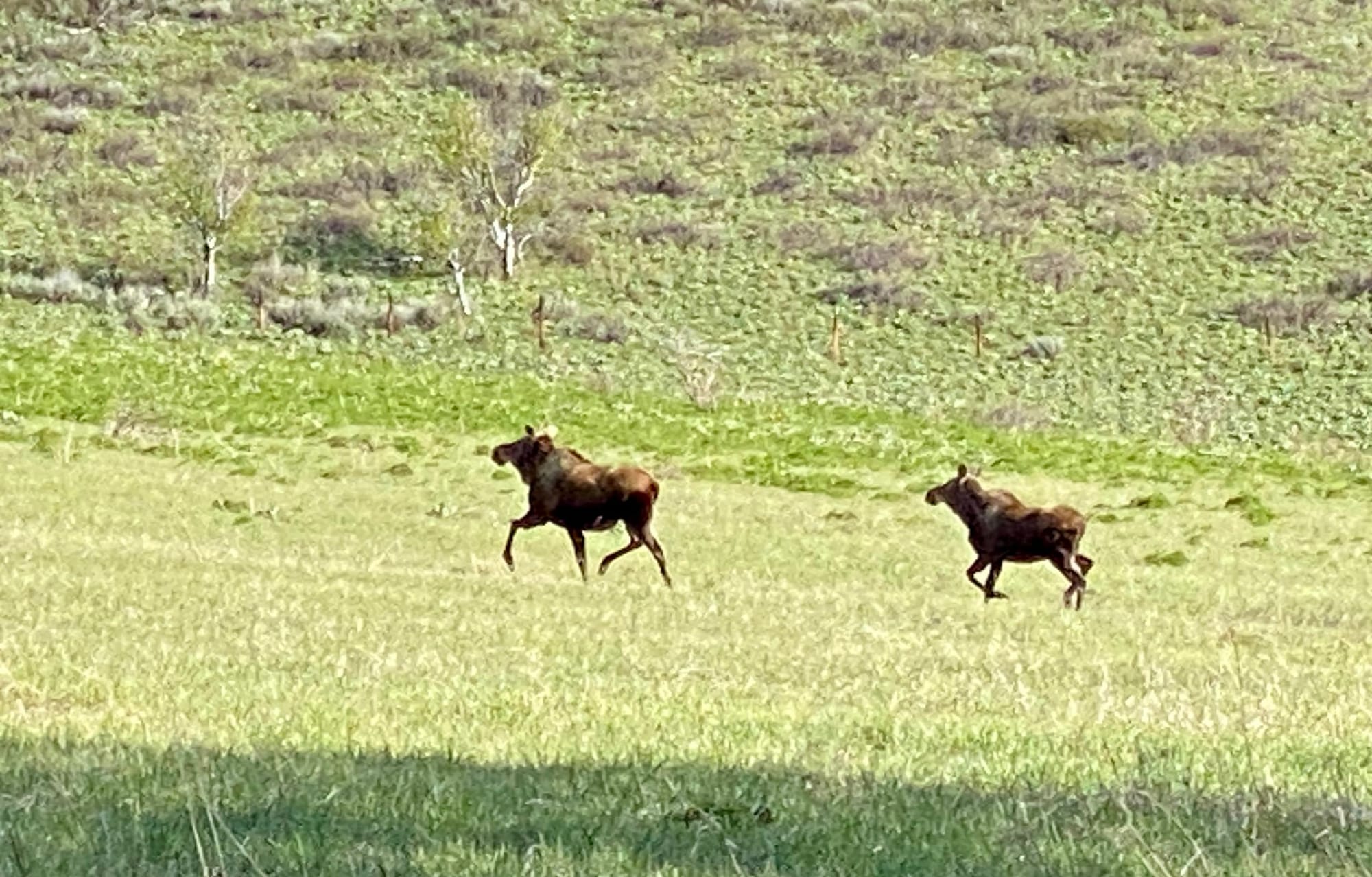
More unusual was an observation of porcupine tracks in the snow showing how they drag their spiky tail behind them the way they waddle along. Porcupines are rarely observed but their signs are more common encountered.
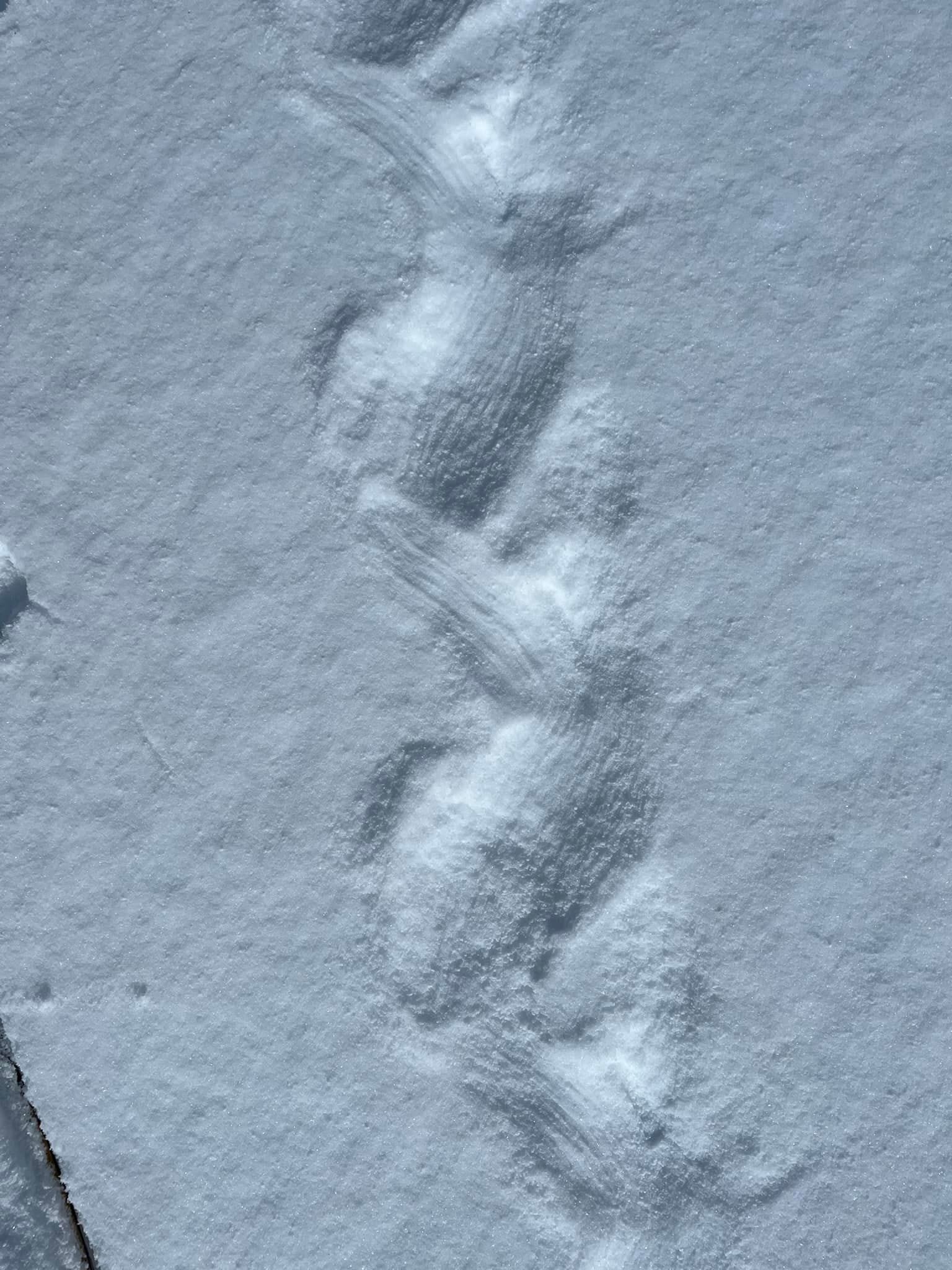
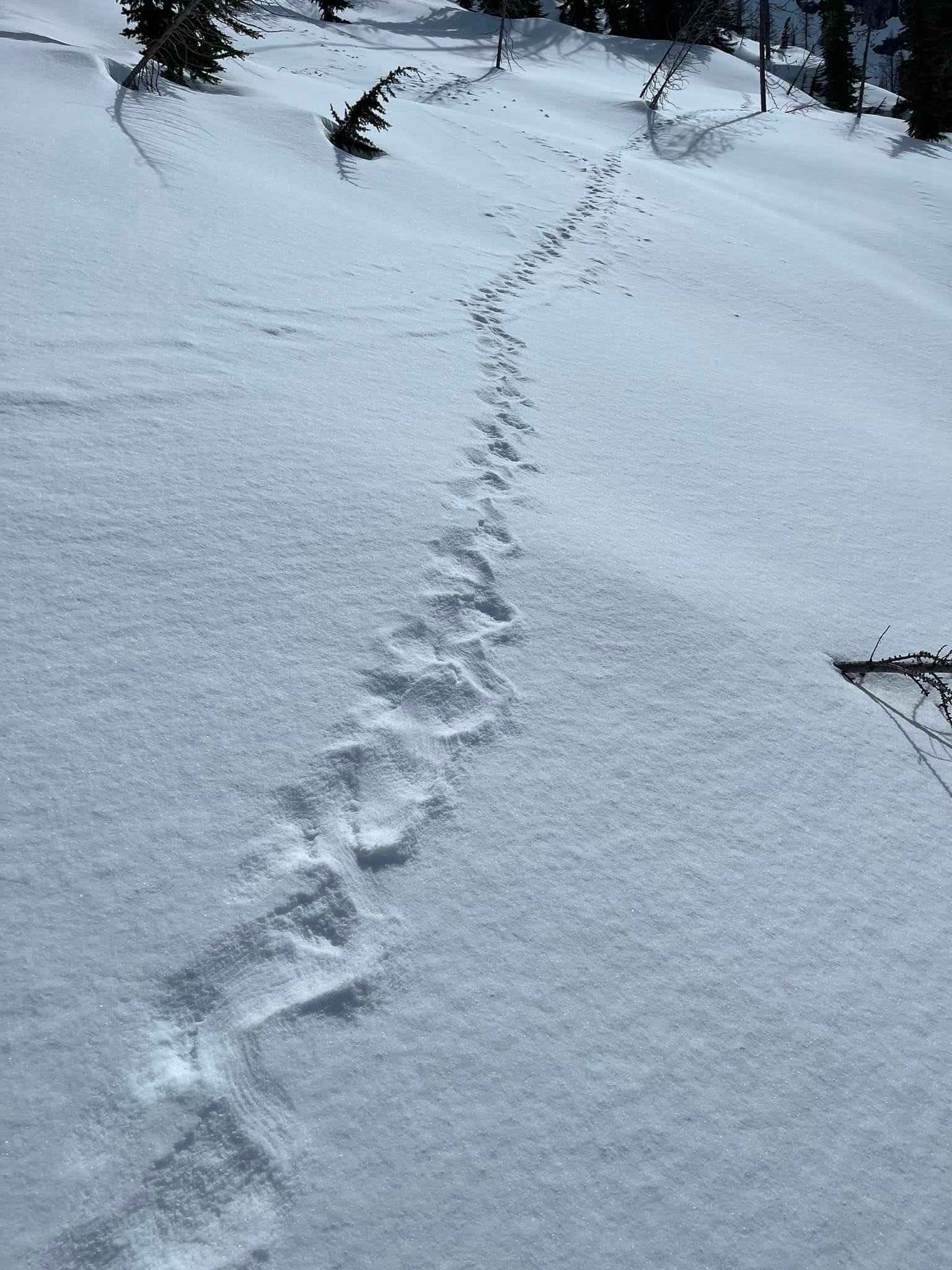
Porcupine track in the snow. Photos by Ed Rundle
Good numbers of ducks are also migrating, with groups of wigeon, green-winged teal, and scaup making a showing, while large numbers of ruddy ducks are gathering on many local lakes and ponds. Swallows are abundant right now and I'm guessing that many of them are passing through. Dusky grouse are also in full courtship mode, so you are likely to either hear or see them at many places around the valley.
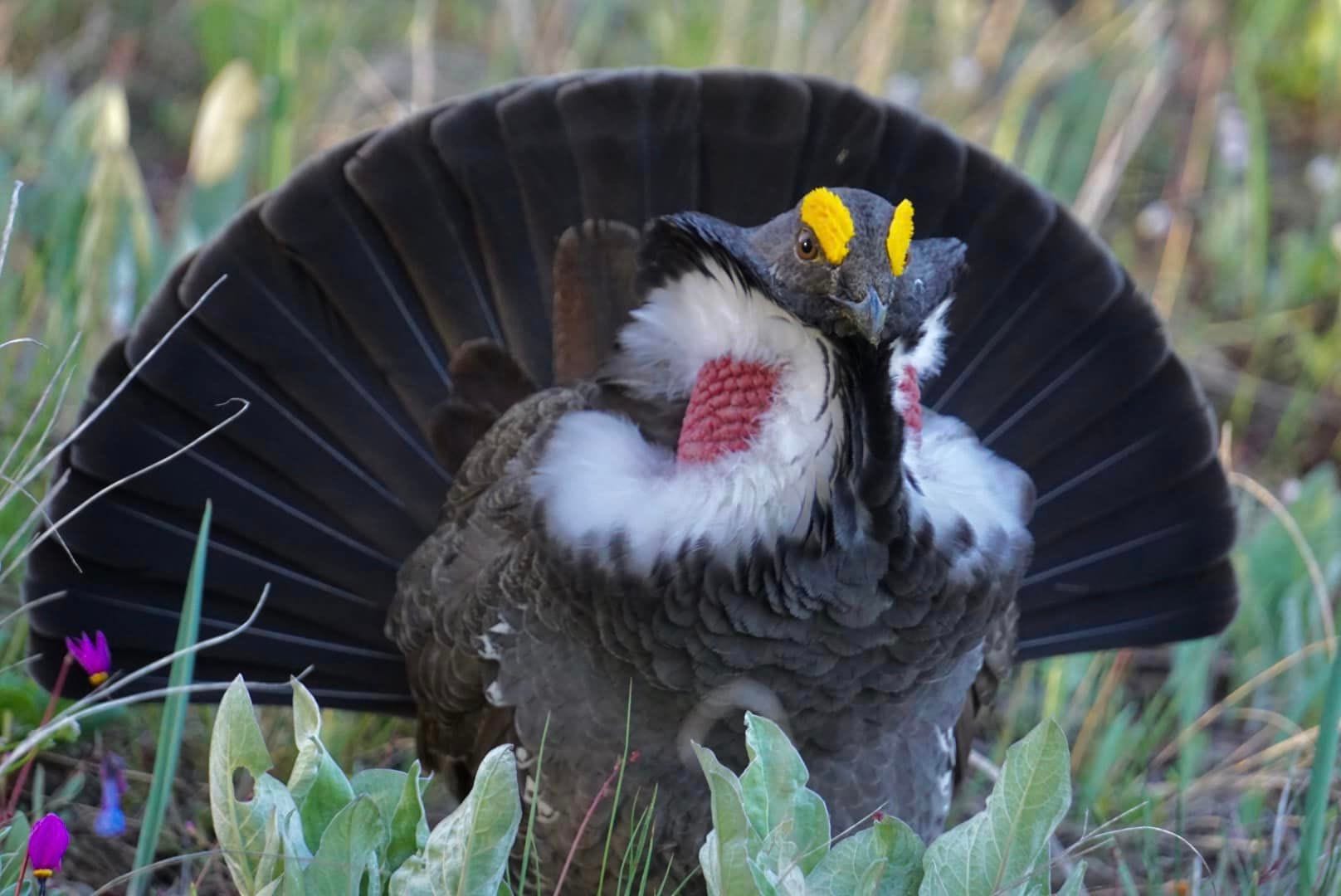
Killdeer have been around since mid-March, and apparently, they've been busy mating and nesting because their chicks are already being found. Is it possible that these the first active bird babies of the year?!
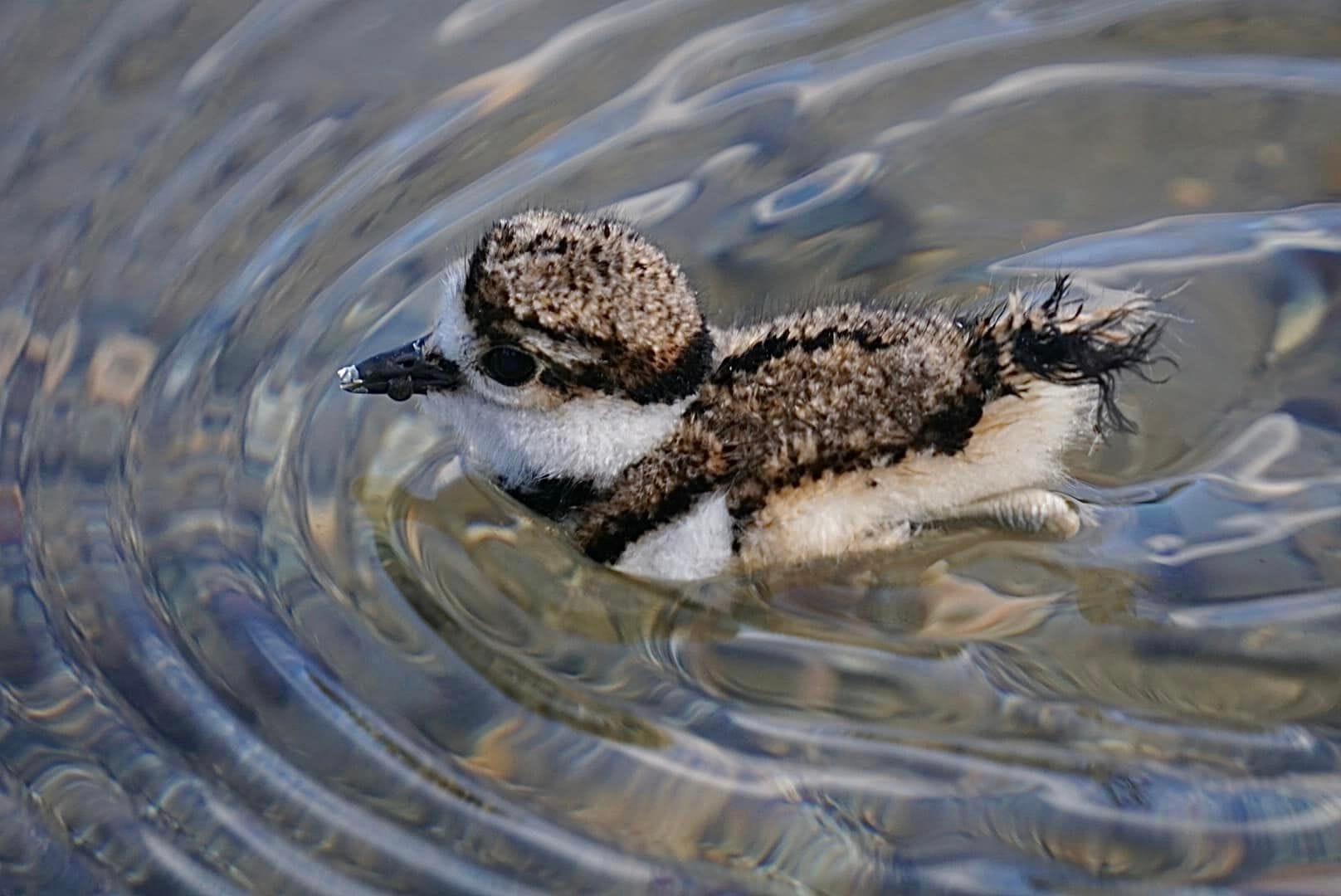
Finally, there are still lots of flowers to be found, and even more insects. I grabbed a couple quick shots of some interesting ones, but it's just the tip of the iceberg.
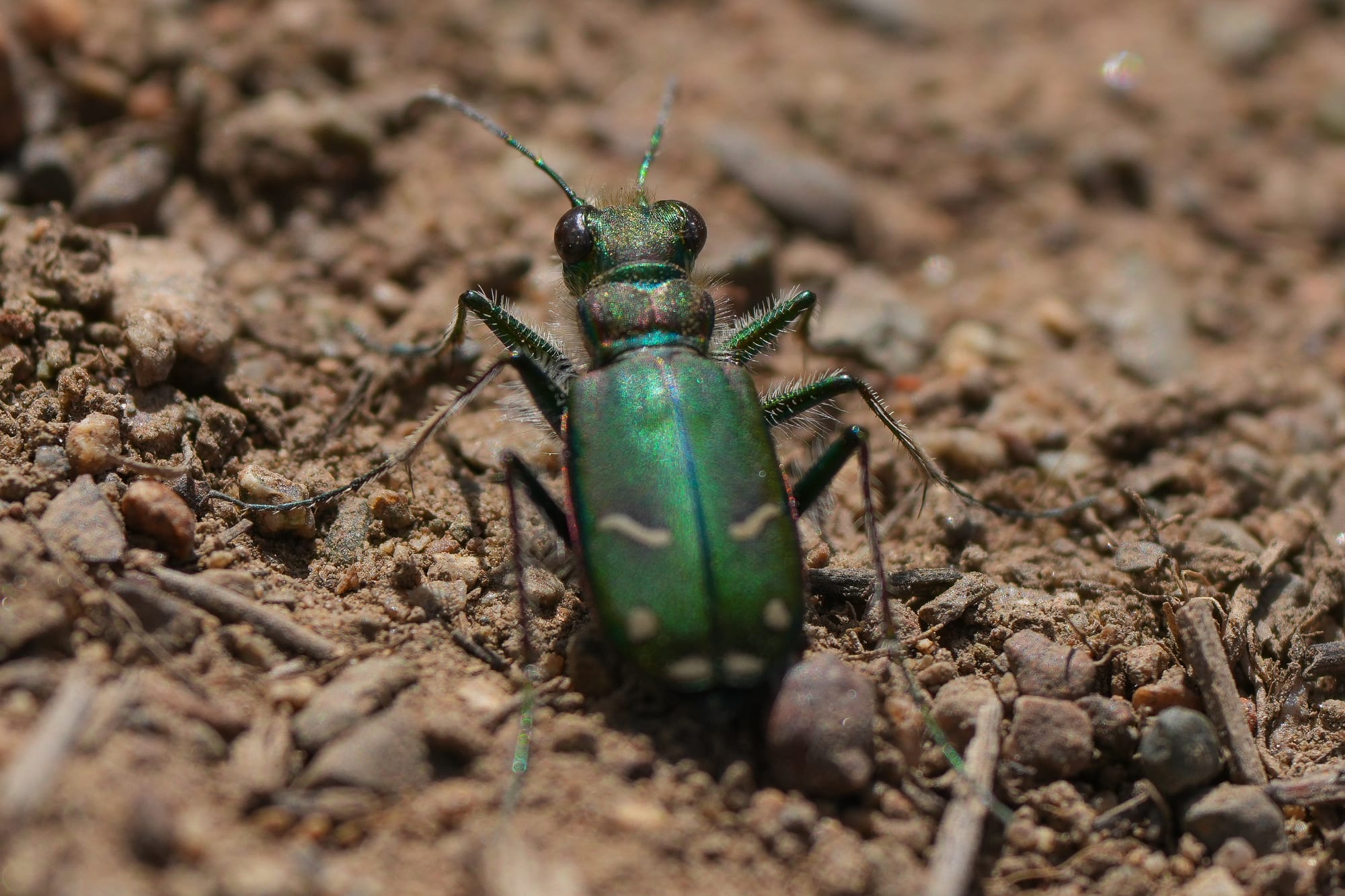
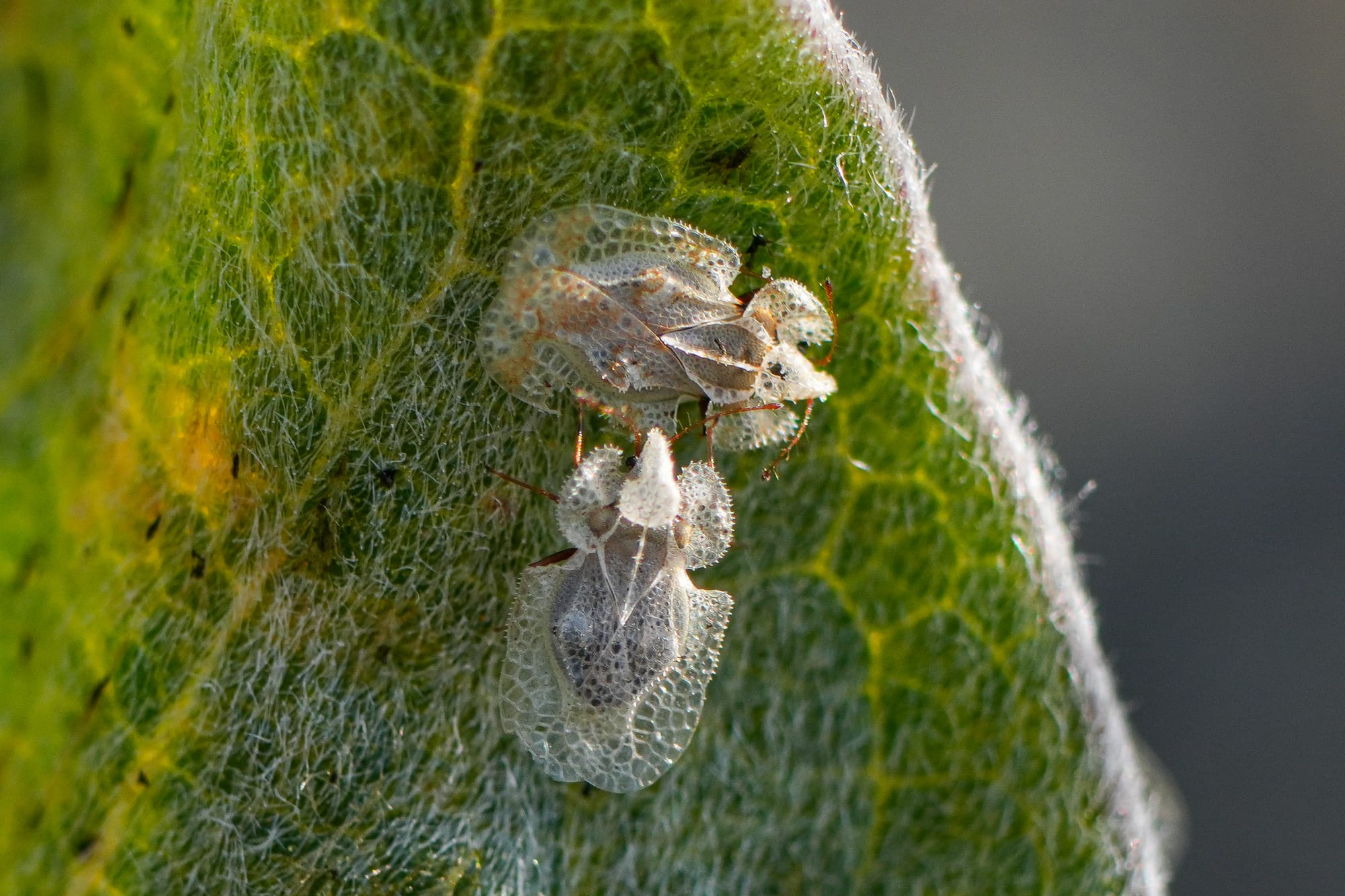
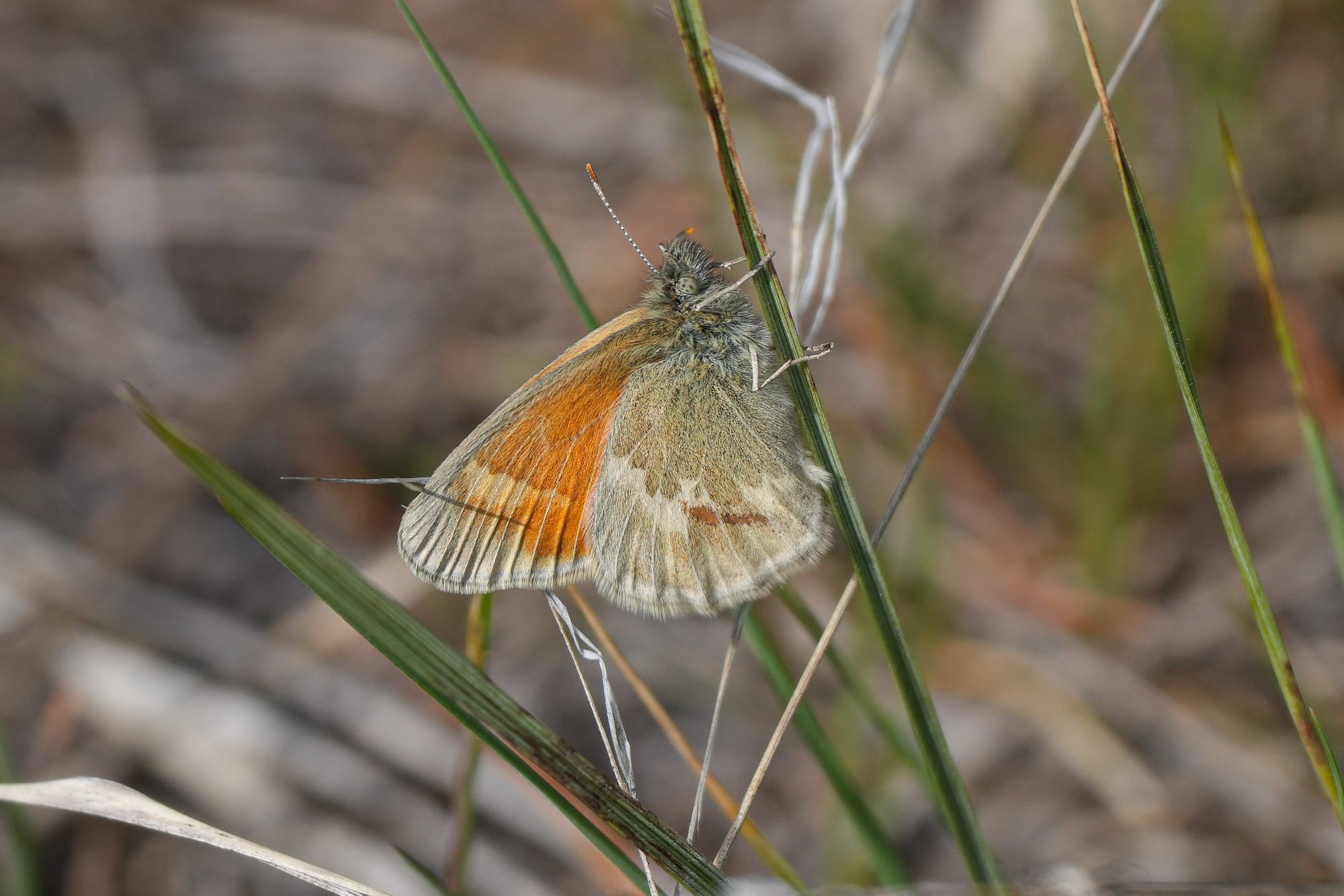
Observation of the Week: Rubber Boas
Rubber boas are such an awesome snake, and this is a great time of year to see them! Because they are typically active at dusk, and remain active all night, we rarely see them, but on a cool, cloudy day you can sometimes find them during the day.
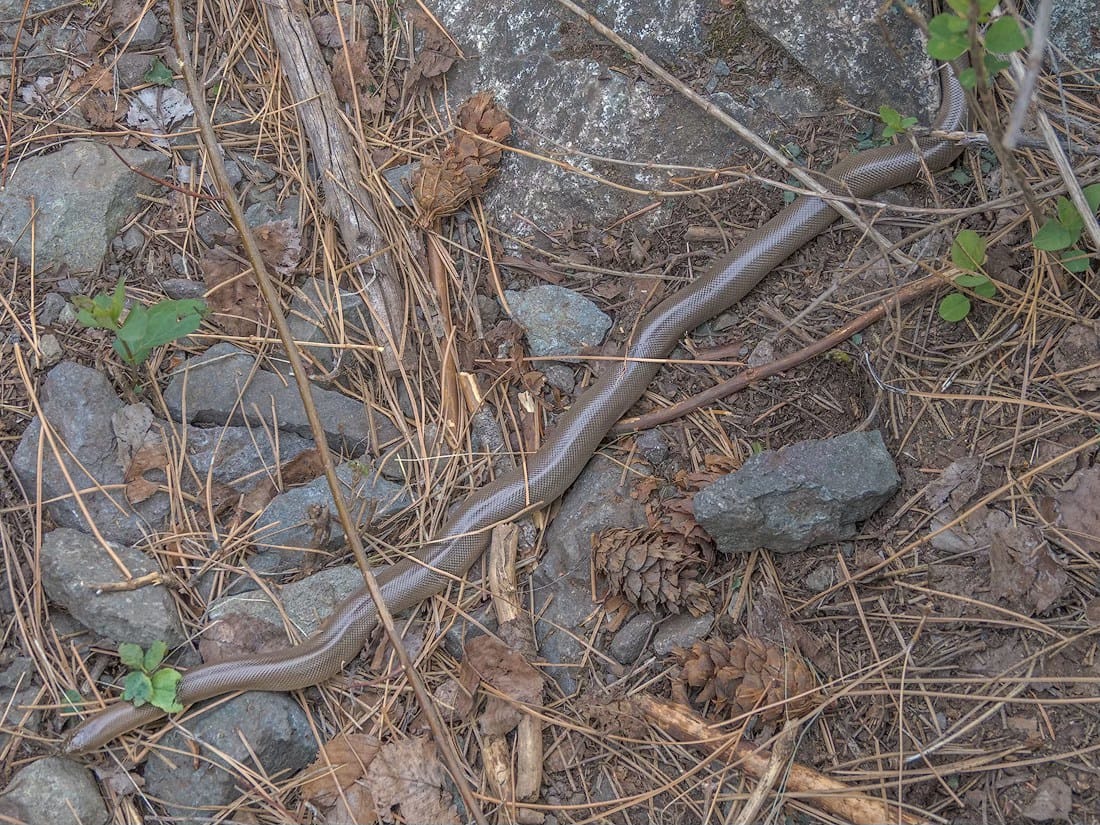
Rubber boas are slow moving, never attack or bite humans, and are impossibly soft to the touch, which makes them a popular snake for many people. In fact, their scientific name Charina means "gentle" or "delightful" for this exact reason.
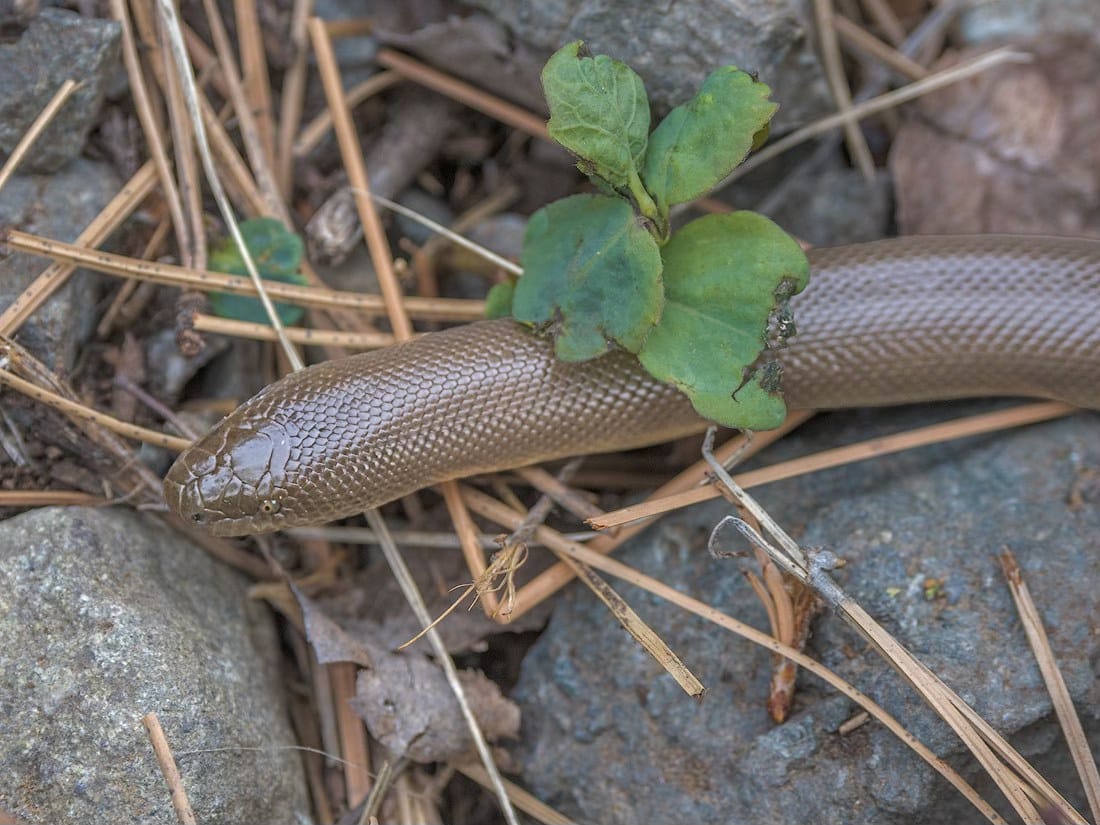
At the same time, everything from badgers to carpenter ants will eat these slow-moving snakes so they protect themselves by balling up to hide their heads and waving their tails as a head-like decoy. When they enter a mouse nest to eat baby mice, they push the mother mouse away with their tails which means their tails are often scarred from mouse bites.
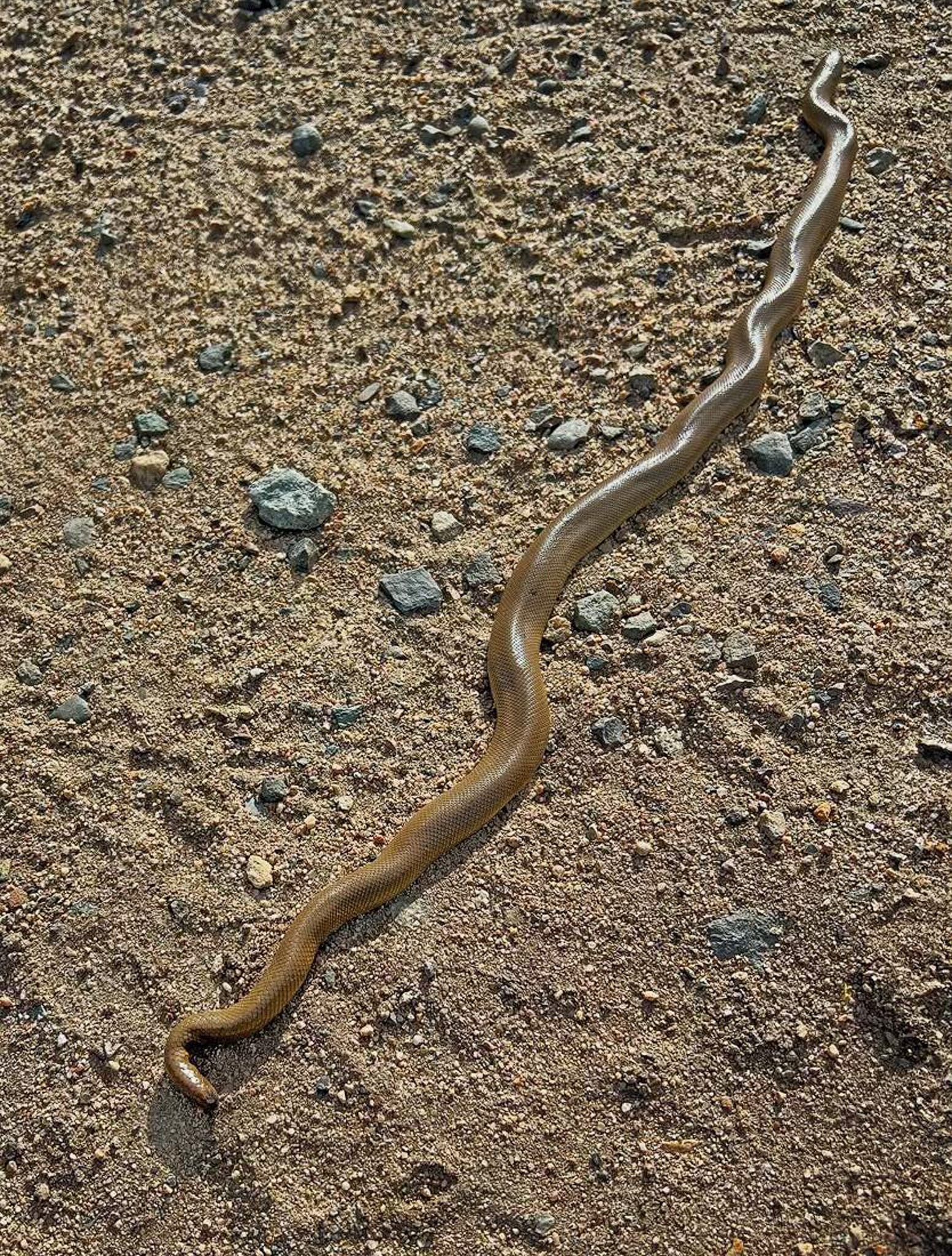
Given their tolerance for cold temperatures, rubber boas have a long period of activity and range from desert flats to alpine slopes. They have been found as early as February 24 in British Columbia and as late as November in Idaho. It's not clear how long they're active, or how widely they range in the Methow Valley, but it would be fun to start keeping records on when and where we find these snakes.
A rare observation of a rubber boa mating ball.

